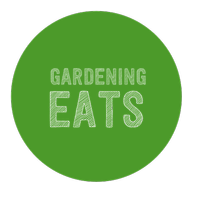Celery, which are known botanically as Apium Graveolens, are a type of vegetable that can easily be grown at home. Continue reading to learn the basics of growing celery as well as common mistakes to avoid along the way.
Best Time to Plant Celery
This will depend largely on your local climate, but as a rule of thumb, begin to plant the celery seeds start seeds 10 to 12 weeks before your last spring frost date. This is the best time to ensure that the seedlings survive the weather.
To check when celery are most likely to thrive in your area, see the USDA Plant Hardiness Zone Map. If you live outside the US, do a quick search for ‘plant hardiness zone + [city]’.
How to Plant Celery the Right Way
There are a number of things to consider that will help you avoid some of the common mistakes of growing celery in your home garden.
Often overlooked, your soil can have a huge impact on how well your celery grow. Generally, your soil should be nutritious soil that has been enriched with plenty of compost or well-rotted manure. Soil PH levels should be around 5.8 and 6.8.
roughly 4″ apart in rows. approximately 8″ apart in rows. The seeds should be sowed at a depth of about .125″. For each plant, be sure to sow at least a few seeds to ensure that at least one of them will germinate.
Begin thinning your celery seedlings plant is 2″ tall, thin celery plants are 8″ apart.
How Much Sunlight is Needed to Grow Celery
How Much to Water Celery
How Long Does it Take Celery to Germinate and Grow?
When to Harvest Celery
The best time to harvest your celery is when the lower stalks are 6 inches long.
Celery can grow up to about 36 centimetres long and 24 cm broad.
What Can Celery Be Used For?
Food Use: cheese, a seafood mixture, poultry, eggs, or peanut butter
Flavor Profile: A rich, nutty flavor.
Can Celery Grow in Pots and Containers?
No, it is generally not advised to grow celery in pots or containers.
Are Celery Safe for Bees?
Yes, celery are safe for bees.
According to GreenPeace.org, bees pollinate human food crops that make up about 90% of the world’s nutrition.
Given their importance in our ecosystem and food supply, I feel it is important to note that growing celery is bee-friendly.
